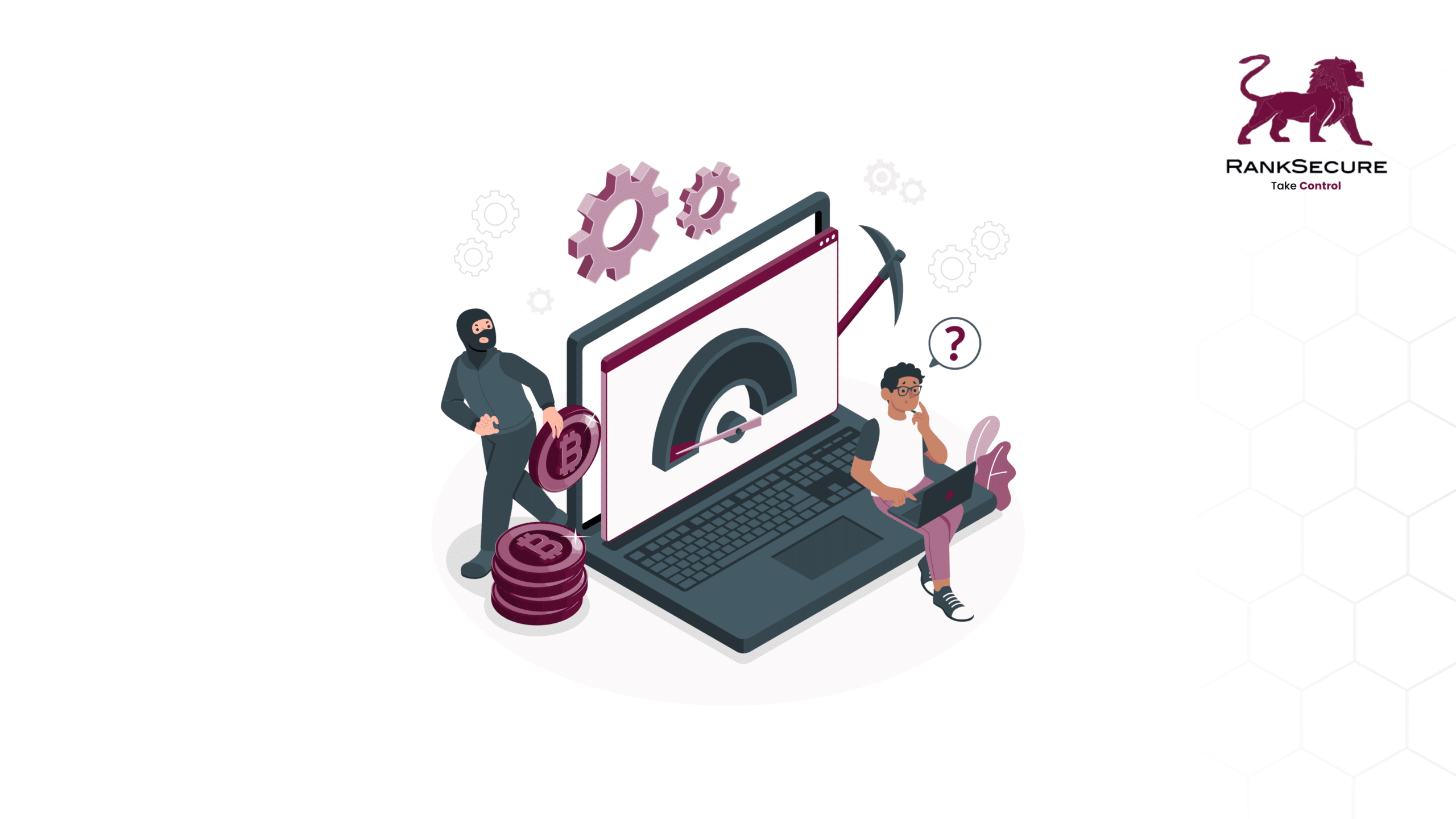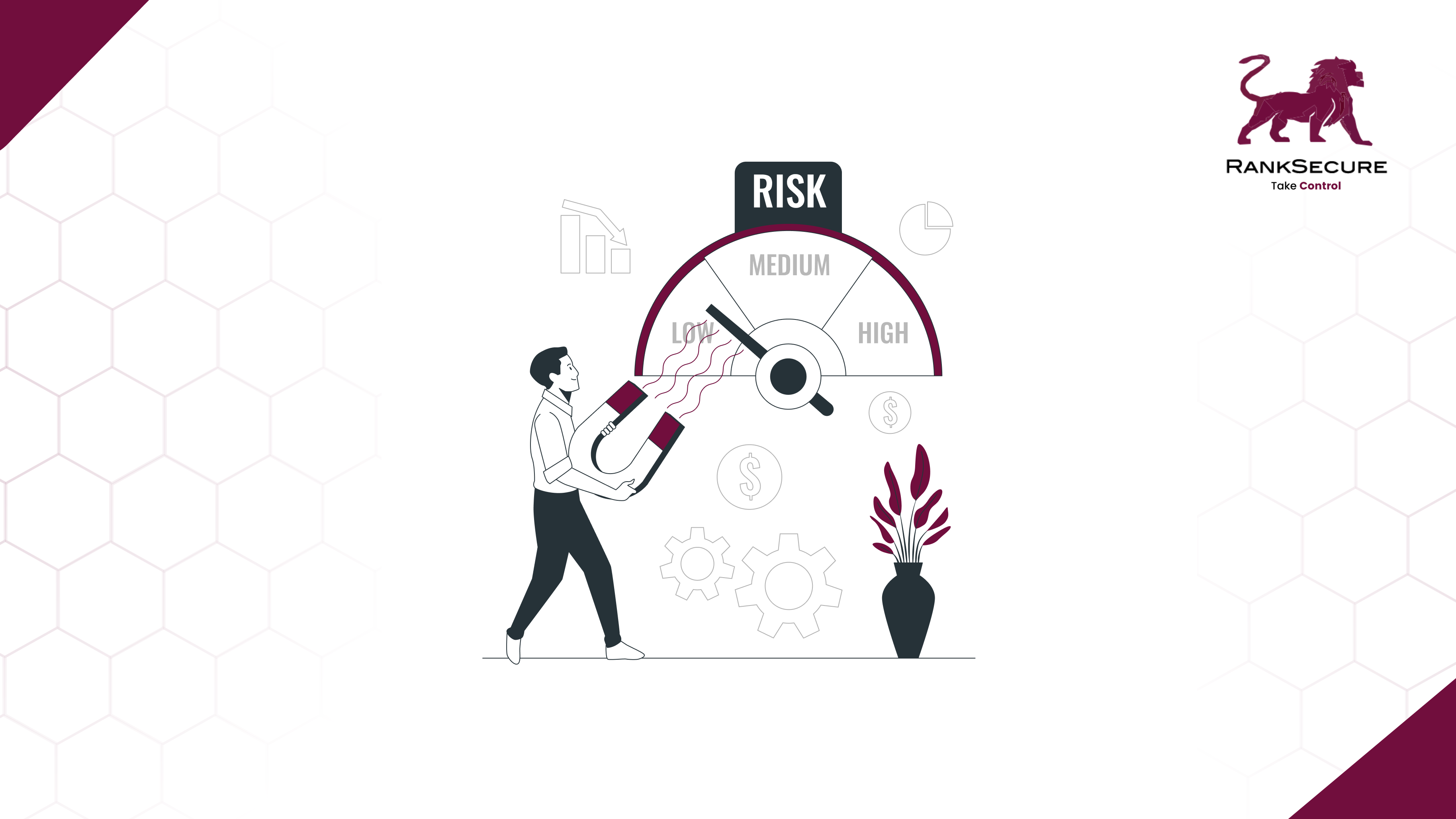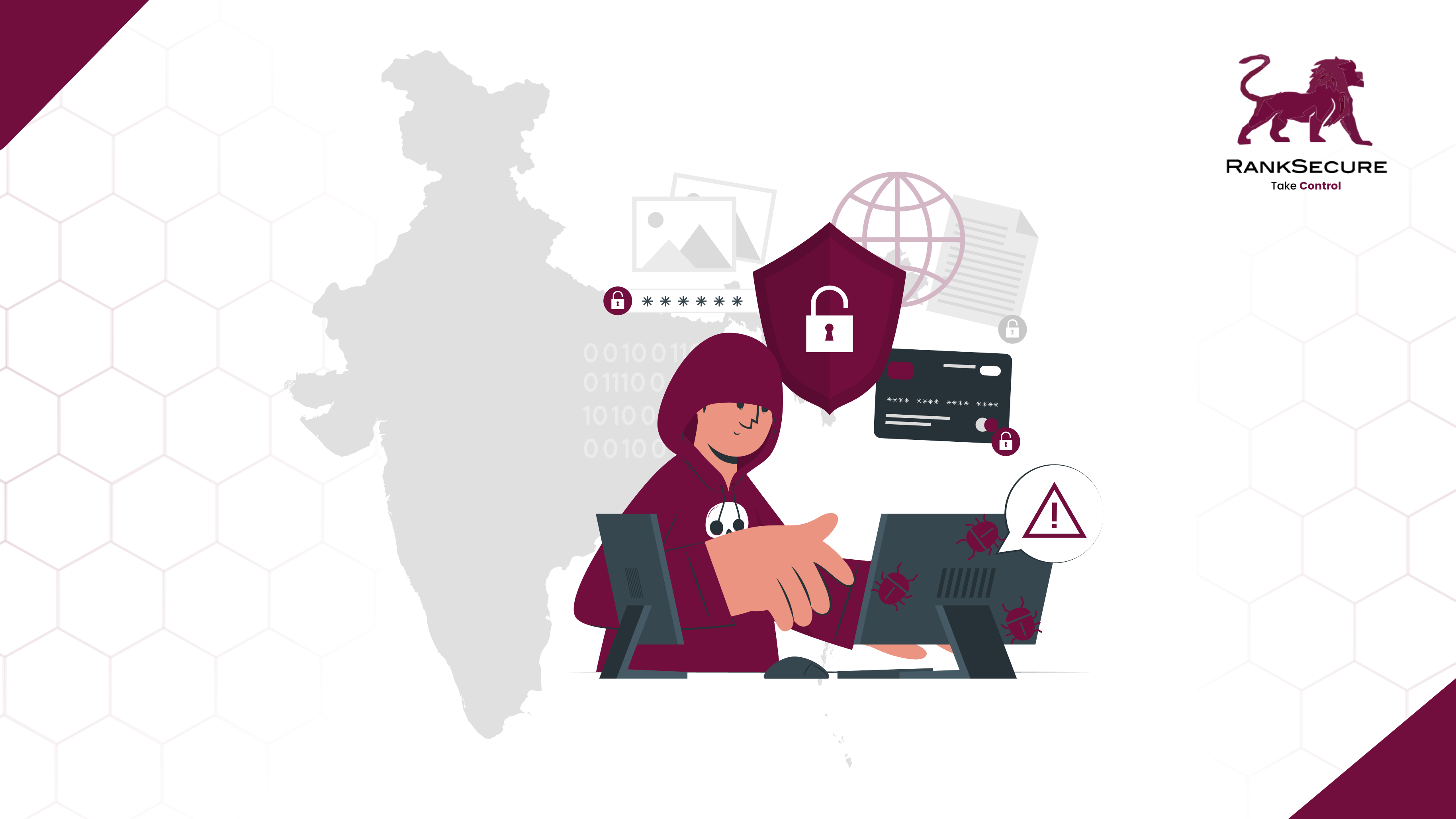
How has digital transformation had an impact on supplier chain risk management?
The digital transformation, that emerged a decade ago, is an integration of digital technology in multiple areas of business. This involves the integration of cutting-edge technologies like artificial intelligence, machine learning, and cloud computing, and is revolutionising how companies operate and interact with their customers.
However, in this evolving era, enterprises are growing increasingly reliant on external expertise. Organisations that are eager to offer these advanced services and features to their customers are turning to third-party providers and suppliers – allowing data to flow freely between companies and vendors. Not only is this facilitating smooth operations but is also opening new avenues for potential security risks.
This vulnerability wasn’t entirely unexpected. The digital revolution, while bringing about undeniable advancements, has also inadvertently given rise to several challenges in the heart of most business operations – the supply chain.
In this blog, we’ll take you through the role that digital transformation has played in supplier risk management, the potential cyber threats that it poses on your data, and how you can protect your organisation against breaches.
Digital Transformation in Supplier Risk Management
Digital transformation has played a huge role in shaping the present supplier risk management system. It has helped empower organisations to make more informed decisions by improving access to supplier and consumer data. It also offers a slew of benefits to organisations, including improved efficiency, reduced costs, increased visibility into operations, and improved customer service.
To understand the extent and magnitude of the impact of digital transformation on supply chains, here’s an example:
IKEA digitised its entire supply chain by adopting algorithms that provide timely inputs for inventory management and logistics. This allowed the company to operate at varied speeds, both online and offline.
Is the impact of digital transformation on supplier risk management only positive?
The increase in digitalisation has also led to a rise in the risks associated with cyber-attacks. With the introduction of new technologies, it has become extremely easy for organisations to connect with suppliers across the globe. At the same time, it has opened up new roads for third parties that can impose a huge threat on the data and security of your organisation.
Some of the ways in which a supplier can expose your organisation to cyber threats are:
• Data breach: This refers to a cyber-attack that can expose your organisation’s sensitive data like product, data and contractual information.
• System breach: This refers to a cyber-attack on service providers that can allow cyber criminals to gain access to confidential information about your organisation.
• Supplier breach: A cyber-attack that causes a supplier to go offline temporarily.
These attacks can have far-reaching consequences on your organisation, including (but not limited to) severe financial losses, reputational damage, loss of customer trust, regulatory fines, and potential lawsuits – placing you at a severe competitive disadvantage.
How to mitigate supplier cyber risk in the supply chain?
In an increasingly vulnerable digital scenario, organisations, like yours, should strategise their third-party cybersecurity risk management through an ongoing process of identifying, analysing, evaluating and addressing your cybersecurity threats.
Failing to effectively fend off such third-party threats can have a devastating impact on your organisation. To mitigate supplier cyber risk, you must adopt a comprehensive and robust approach to supply chain risk management. These can include the following steps:
Risk assessment and due diligence
This involves understanding the cyber vulnerabilities and security measures of your suppliers through a thorough risk assessment and implementing due diligence to evaluate their security practices including data protection measures, security protocols and compliance with industry standards.
Supplier selection and contractual obligations
Your organisation must always pick suppliers who have resilient cybersecurity measures and prioritise those who comply with recognised security standards and certifications. You should include your cybersecurity requirements in supplier contracts with specifications about security protocols, incident response procedures, data protection measures and regular security audits. You should ensure that all third-party associations are executed only once you have confirmed the presence of their security measures.
Continuous monitoring and evaluation
You must establish continuous monitoring mechanisms that help to oversee supplier compliance with cybersecurity standards throughout the contract. You can conduct periodic audits that will ensure adherence to security protocols.
Data encryption and access controls
Encouraging a practice of encrypting data that is transferred between your organisation and its suppliers can be adopted. You should employ strict access controls to limit and manage the accessibility of sensitive information within your organisation as well as supplier networks.
Incident response and recovery planning
Your organisation can develop incident response and recovery plans that are in coordination with suppliers to help bounce back from a threat situation quickly. This should include steps to address security breaches and reduce damage.
Future-proofing your risk management strategy
With the rising incidents of cyber attacks, your organisation needs to adopt a strategy that helps cover potential losses from data breaches, fines and other malicious threats. You should use tools that provide a comprehensive assessment to help you figure out the potential losses your business could suffer in the event of a cyber-attack. These data-driven insights help you plan your investments in cyber security more precisely.
The future of supplier cyber risk management in the digital world
With the increasing complexities in technology, interconnected supply chains, and cyber threats, it is likely for supplier chain risk management in the digital world to evolve in leaps and bounds. Here are some predictions for the evolution of risk management in supply chains:
- There will be a rise in artificial intelligence (AI) and machine learning (ML) algorithms to help conduct more refined risk assessments of suppliers.
According to Markets and Markets, the spending of companies on AI would have increased from $58.3 billion (as of 2021) to $309.6 billion in 2026.
- It is likely for automated systems to take over compliance checks that will ensure suppliers adhere to cyber security standards and regulations.
- Blockchain might play a pivotal role in enhancing transparency in supplier relationships.
- Collaborative networks and platforms that enable real-time sharing of threat intelligence in supplier chain partners might see a rise in demand.
- The Zero Trust Framework is likely to gain more prominence. This is a model that assumes no trust within or outside an organisation’s network.
- There will be an increased emphasis on educating employees and suppliers about cybersecurity best practices.
Digital transformation can be considered a boon in disguise for supplier risk management since it comes with its baggage of pros and cons. While on the one hand, the impact that it has had on supply chains is colossal, the risks that it imposes are also highly critical to the functioning of your organisation. It is a well-known fact that digital transformation is here to stay. However, with the right strategies and measures, you can prepare your organisation to keep the criticalities at bay, while embracing the advancements.







